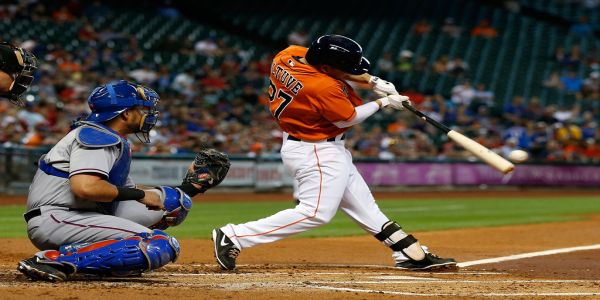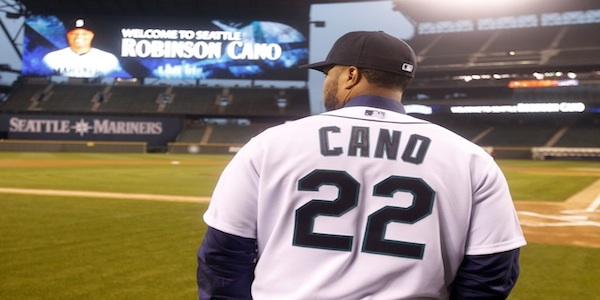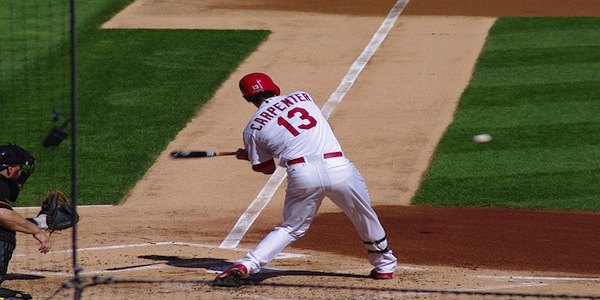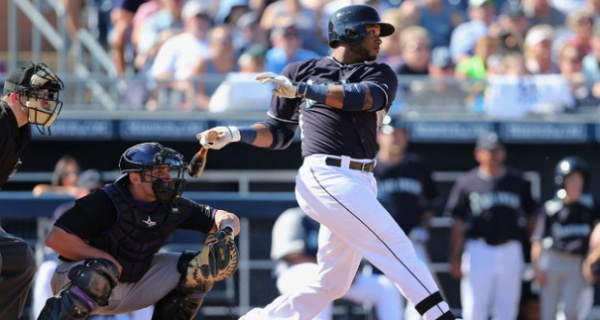2017 Fantasy Baseball: Second Base Pre-Auction Tiers
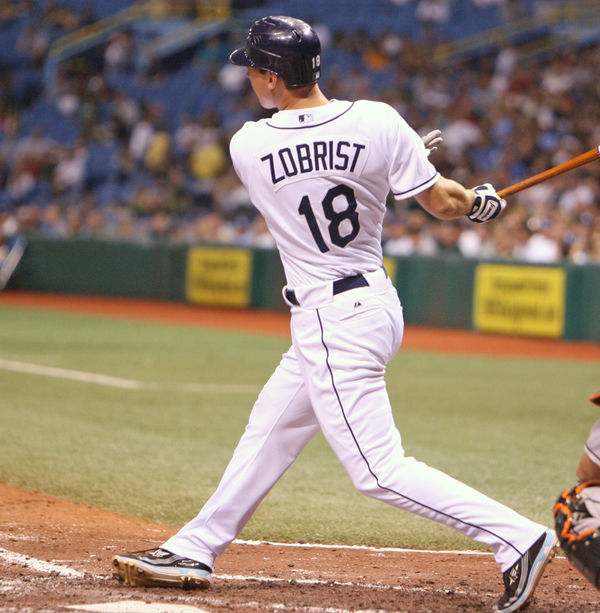
Second base is one of the deepest positions on the diamond. Every draft and auction is its own species, but we often find some similarities in how drafts and auctions treat certain players. Some players are overvalued and overhyped and some fly underneath the radar. For those playing in an auction, figuring out which players fit into which category is paramount to your success. For those participating in an old-fashioned draft, those auction values may not be directly comparable, but they do give us a clue as to how each player is valued.
For our purposes here, we are splitting the top 20 second basemen into groups of five. The selection of the 20 is similar to the top 20 average values but some players were added and others omitted because of past performance. We are taking the average values from ESPN and Yahoo and then comparing them to the Baseball Prospectus projections for the hitter’s total average and value over replacement player. Since both statistics are compiled to be park neutral, we have taken the three-year park factors and recalculated those two numbers accordingly.
Total average is a statistics that BP uses to calculate how much a player contributes to his team offensively, but it is converted into a statistic that looks like batting average. .260 is considered to be the league average with a .300 average denoting a definite all-star performer. Since total average does not give us an idea of the volume of success, we are using value over replacement player to give us that. Obviously, zero denotes a replacement level player, so anything above that means the player brings some value to the equation.
Group A
| Yahoo | ESPN | TAV | VORP | |
| Jose Altuve | 48.8 | 42.8 | .279 | 40.7 |
| Robinson Cano | 28.1 | 19.7 | .287 | 46.8 |
| Daniel Murphy | 25.1 | 21.1 | .259 | 27.8 |
| Brian Dozier | 26.0 | 18.9 | .262 | 28.4 |
| Jonathan Villar | 26.4 | 18.6 | .253 | 16.7 |
Utilizing projections gives us two layers of issues to overcome when planning for the draft. The first layer addresses how accurate the projections actually are. For instance, Altuve and Murphy far outproduced these numbers last season. Villar and Dozier did as well. In fact, Cano is the only player in the group to approximate what he did last season. That obviously presents a dilemma on draft/auction day.
The second layer is how we unpack these heavy sabermetric numbers into the format we are playing. Offensive value is greatly affected by on base percentage, but most formats don’t allow for that. However, if you are playing in a six category league or one that uses total points then these numbers are very relevant. The great equalizer is stolen bases. If it is its own separate and unique category then paying extra for a Altuve or Villar makes a lot of sense. Otherwise it really doesn’t.
Group B
| Yahoo | ESPN | TAV | VORP | |
| Rougned Odor | 24.8 | 15.1 | .279 | 32.4 |
| Ian Kinsler | 17.5 | 14.0 | .267 | 24.8 |
| Dee Gordon | 17.0 | 14.6 | .235 | 16.8 |
| Matt Carpenter | 16.2 | 14.2 | .276 | 26.3 |
| Jason Kipnis | 15.5 | 10.9 | .279 | 31.9 |
We break players into smaller groups because a simple 1-20 ranking list doesn’t capture the way that most drafts and auctions work. As you can see, we’ve seen a significant decline in the prices paid for the players. In a typical draft that means that fantasy players are waiting a number of rounds before they go to the second group. Even then, we can see some discrepancies a lot more clearly.
I simply detest one or two category players. Sometimes you have to sacrifice your beliefs and select the mediocre closer to get saves. In this case, Gordon is shooting up the board because he can steal 50 or more bases. The problem is that he offers little on top of that. I’d rather get a few steals here and there than draft/purchase an inferior player just to get steals.
Group C
| Yahoo | ESPN | TAV | VORP | |
| D.J. Lemahieu | 10.7 | 12.3 | .266 | 19.6 |
| Dustin Pedroia | 8.8 | 10.0 | .284 | 32.0 |
| Ben Zobrist | 3.3 | 5.7 | .264 | 33.6 |
| Jonathan Schoop | 3.1 | 2.7 | .261 | 16.4 |
| Logan Forsythe | 1.2 | 3.1 | .255 | 25.7 |
When we get into the third group at any position we are getting into sleeper portion of our draft or auction. Handling sleepers is the most challenging, but also the most rewarding portion of every draft or auction. Watching people pay ten times the amount for a Jose Altuve as they would for a Ben Zobrist is fascinating. However, some people jump at their sleeper too early. That’s why it is important to pay attention to where typical drafts and auctions are valuing your sleeper.
When we get to the mile high performers in our population we also have to consider the ramifications. LeMahieu hit .391 at Coors Field and .303 on the road. More importantly he had a .747 OPS on the road in comparison to one over 1.000 at Coors Field. Do you want to suffer through mediocre production on the road or do you find a platoon partner for times when he is on an extended road trip?
Group D
| Yahoo | ESPN | TAV | VORP | |
| Starlin Castro | 1.2 | 2.1 | .263 | 16.1 |
| Joe Panik | 1.5 | 1.5 | .258 | 25.4 |
| Neil Walker | 1.2 | 1.5 | .256 | 23.5 |
| Josh Harrison | 1.4 | 1.4 | .250 | 20.8 |
| Ryan Schimpf | 1.1 | 0.0 | .269 | 26.3 |
One of the mistakes a lot of fantasy players make is they don’t consider the dimension of time. If a player is due to miss time in April or another issue crops up they usually bail. It’s not difficult to see why, but it is a mistake. Whether it be the trade rumors surrounding Castro or the frequent nagging injuries of Walker, we often see the values of pretty decent players plummet for no good reason.
All of these guys are flawed in some way, so it’s not like you should target any of them in the first ten or fifteen rounds, but when you want to add a valued bench piece at the end of the draft you can do a lot worse. In an auction it usually won’t cost you more than a dollar and you might be thankful in June or July that you invested that paltry amount in some quality depth.


